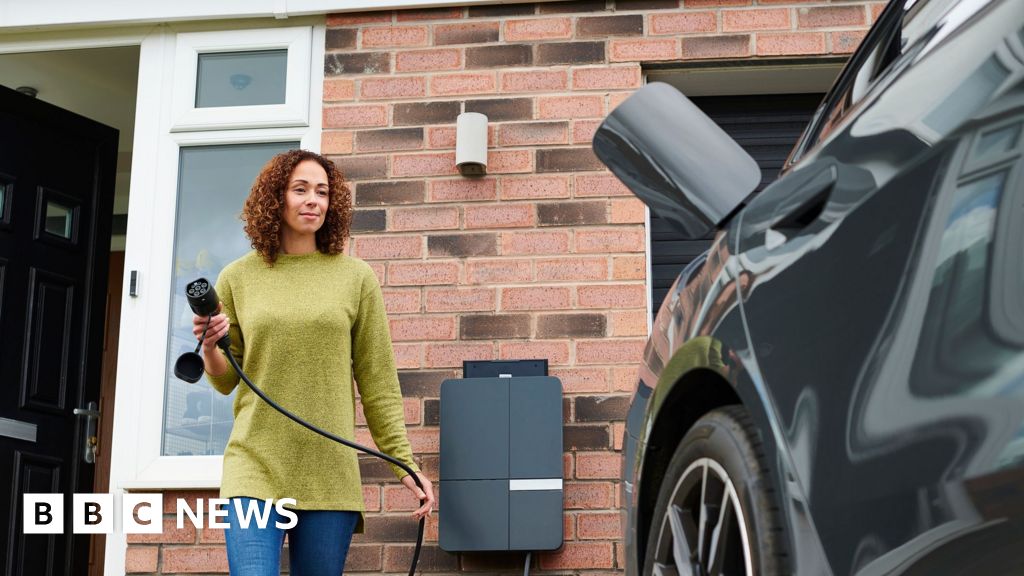It’s been a long few years when it comes to free inquiry on campus, with tales of silenced speakers and stymied discourse having become all too familiar. Amidst plunging trust in higher education, it’s safe to say that all this has had real costs. Last week, the Foundation for Individual Rights and Expression (FIRE) and College Pulse jointly issued their annual report on the state of free speech in higher education. They surveyed more than 55,000 students across 248 colleges.
The numbers are troubling but not as hopeless as more hysterical accounts suggest.
We should embrace any and all efforts to create more transparency about the state of free thought on … [+]
Pacific Press/LightRocket via Getty Images
The data do suggest that efforts to silence debate and discourse have become semi-normalized for a significant minority of students. When it comes to speakers on campus, 63 percent of students say it can be acceptable to shout down a speaker. Forty-five percent say the same about blocking other students from attending a speaker’s event while 27 percent say it about using violence to stop a campus speech (these figures are up markedly just from last year).
Those numbers are ugly. They may, however, exaggerate how bad things are. For instance, just five percent of students say it’s “always” acceptable to shout down a speaker, just three percent say it’s always okay to block students from attending a campus speech, and just three percent say it’s always all right to use violence to silence a speaker. In other words, the problem is not that students have turned their backs on free speech; it’s mostly that their commitment to it has weakened. That’s good news, in the sense that we’re not starting from scratch.
Now, the acid test of commitment to free expression has long been one’s willingness to accord free speech to those with whom we disagree. Students were asked whether they’d want their college to “allow or not allow” a speaker who espoused particular views. The answers are telling.
44 percent of students say that a speaker who believes that “transgender people have a mental disorder” definitely shouldn’t be allowed to speak on campus. In the case of a speaker who’d argue for making abortion “completely illegal,” 39 percent say the same.
When the hypothetical speakers were right-leaning, the results looked very different. For a speaker who would repeal the Second Amendment, nine percent of students say they definitely shouldn’t be allowed on campus. For a speaker who’d assert that America is marked by structural racism and “White privilege,” 11 percent of students wouldn’t allow them on campus.
In short, when speakers were right-leaning, about four in 10 students would keep them off campus; when they were left-leaning, the figure was closer to one in 10. Thus, it’s probably no great surprise that 74 percent of students who identify as liberal say it may at times be acceptable to shout down a speaker; among conservative students, the figure is 47 percent.
There are at least three takeaways. The first is a disturbing number of students have concluded that it can be acceptable to silence speakers. The second is that only a tiny number of students think that suppressing speech ought to be a normal thing—suggesting there is still a baseline respect for the principle of free expression. The third is that students are much more likely to support silencing right-leaning views than other ones, suggesting this is about ideology as well as respect for free speech.
What can we do about this? We should embrace any and all efforts to create more transparency about the state of free thought on campus. We need to support campus leaders who embrace the tenets of free inquiry and programs which help students to appreciate and engage in it. And we can’t ignore the reality that there’s a significant ideological dimension to who exactly students are willing to silence; we need to act accordingly.
When one sees only the outrageous examples of cancel culture at work on campus, it can be easy to imagine that this is the new normal. It’s not. The situation on campus is troubling and trending in the wrong direction, but it’s far from hopeless. In an era of fierce polarization, struggling students, and growing distrust in the nation’s colleges, that might just pass for good news.
Credit: Source link











